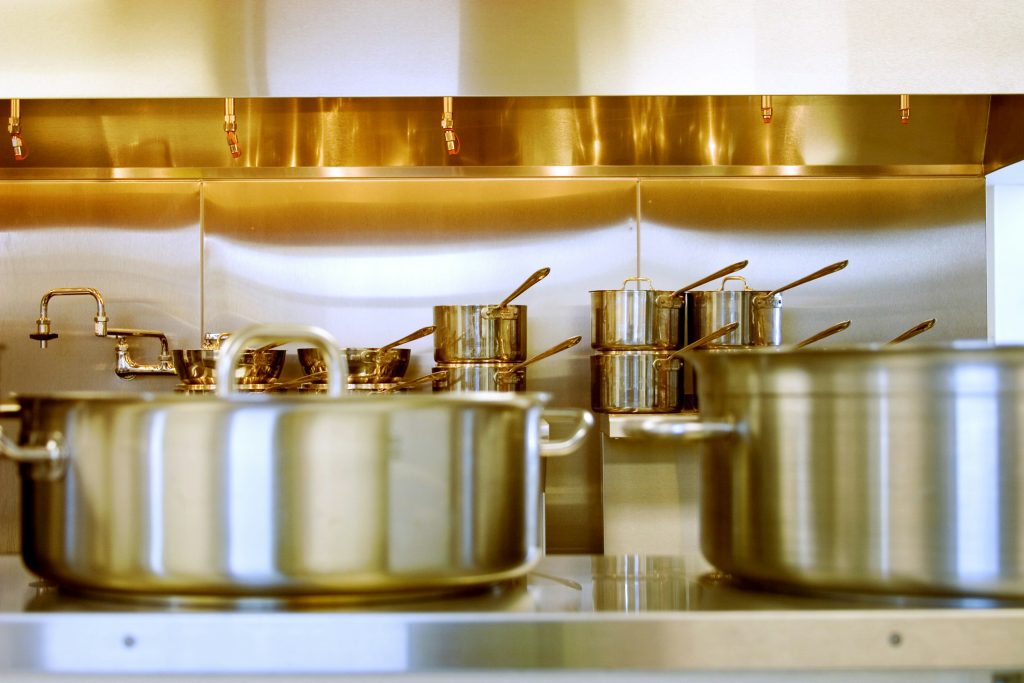
What Happened?
An excellent new study from Katie Fellows and Steve Whittaker at the Hazardous Waste Management Program in King County, WA (“Program”) and Shar Samy at the University of Washington provide important insights into the extent of lead contamination in metal cookware purchased in online marketplaces between September 2021 and July 2023. They examined 28 items of aluminum cookware and found that “many aluminum cookware products contained in excess of 100 parts per million (ppm) of lead. Many also leached enough lead under simulated cooking and storage conditions to exceed recommended dietary limits.”1 Brass also had high levels. “In contrast, 17 stainless steel cookware items leached much lower levels of lead.” Leaching was measured by bringing 4% acetic acid (vinegar) to a simmer for 15 minutes and then allowing the liquid to sit in the cookware for 24 hours.
This research builds on a 2022 study on imported aluminum cookware that prompted FDA to send the Program a June 1, 2023, letter stating that “the marketing in interstate commerce, including importation, of cookware that exhibits any level of leachable lead upon testing is prohibited.”2 FDA recommends that cookware be evaluated for leachable lead by boiling a 4% acetic acid solution (vinegar) for 2 hours and holding it at room temperature for a total of 24 hours. See an August 2023 blog by EDF on the letter. Inexplicably, FDA has not published the letter on its website despite several requests to do so.
Why it Matters
Metal cookware is commonly used in household and commercial kitchens. Therefore, it is important to know what types are safest for food preparation.
Our Take
The research by the Program continues to be groundbreaking. The 2022 study prompted FDA to articulate a method to assess the risk from metal cookware and say that any level of leachable lead is prohibited.
When FDA failed to take further action, in March 2024, Washington State set limit of 5 parts per million (ppm) of lead in metal cookware, including items intended to prepare or store food. That law takes effect at the beginning of 2026, and it was based in part on the latest study.
As you consider the latest study, keep in mind that FDA took more than 15 months after the 2022 study to provide a method. Rather than wait, the researchers developed their own method for this study. There are two key differences:
- The leaching method used in the study was not as rigorous as the one provided by FDA. The study simmers the vinegar in the metal cookware for 15 minutes. The FDA method boils the vinegar for 2 hours. The slightly higher temperature and much longer timeframe is likely to result in greater levels of lead leaching. Therefore, the new study may understate the amount of lead exposure.
- The study compared the dose in a 250 mL serving containing the liquid to FDA’s Interim Reference Level (IRL) of 2.2 micrograms per day (µg/day) for children and 8.8 µg/day for women of childbearing age. This level represents 1/10th of the CDC’s Blood Lead Reference Level of 3.5 µg/dL. Based on a 2019 FDA study of estimated dietary intake of lead based on sampling of retail foods, 7 million young children exceed that IRL—about 25%. This estimate would have excluded any exposure from metal cookware in the home.
The study could have used another benchmark, the 0.5 µg/day maximum allowable dose level (MADL) established in 2001 by California for its Proposition 65 warning. In 2015, in response to a petition from the Center for Environmental Health, the state agreed to revise the limit based on the latest scientific evidence. It has not yet done so.
Comparison to Various Benchmarks
| Number of cookware items in 2024 study by Fellows et al. exceeding key benchmarks. | ||||
| Benchmark | Aluminum cookware | Brass cookware | Stainless steel cookware | |
| Limits of lead in metal | ||||
| 100 ppm limit for incidental contamination in packaging by many states. | 12 of 28 | 2 of 4 | 0 of 17 | |
| 5 ppm limit in metal food storage and preparation items by Washington State | 26 of 28 | 2 of 4 | 12 of 17 | |
| Limits on lead leaching | ||||
| Using 100 ppb LOQ from EAM 4.6 | 11 of 29 | 3 of 4 | 0 of 17 | |
| Using 11 ppb LOQ from EAM 4.7 | 19 of 29 | 3 of 4 | 0 of 17 | |
| California’s 0.5 µg/serving | 22 of 28 | 4 of 4 | 1 of 17 | |
Next Steps
Washington State’s 5 ppm limit is the most restrictive among the benchmarks. With only 20 months to go until the limit applies, manufacturers should be testing their metal packaging, food handling equipment, and cookware products, even stainless steel, to determine if they might have a compliance problem. Retailers in Washington State that sell any of these items should immediately notify suppliers that they need to determine compliance with the 5 ppm limit.3
- 100 ppm has been the limit for incidental contamination of any component of packaging by many states since the early 1990s. See Toxics in Packaging Clearinghouse for more information. ↩︎
- In its letter, FDA recommends using its an a EAM Method 4.6 for ceramic foodware that uses Inductively Coupled Plasma Optical Emission Spectrometric (ICP-OES), which has a limit of quantitation (LOQ) of 100 ppb. FDA says “We expect the level of lead leached into 4% acetic acid under the above testing conditions will be exaggerative of any level of lead that would migrate to food cooked in the cookware. However, analytical methods with lower LOQs may be preferable to further reduce the risk of lead leaching into food from the cookware. FDA has other analytical methods, such as EAM 4.7, which utilizes ICP/Mass Spectrometry (ICP/MS) for analyzing for lead in food, with lower LOQs, however, FDA has not validated this method for use to analyze for lead in 4% acetic acid leachate from cookware.” The LOQ for ICP/MS is less than 11 ppb but labs should be about achieve 1 ppb. ↩︎
- The Act states that retailers or wholesalers who unknowingly sell products that exceed the 5 ppm are not liable. ↩︎
